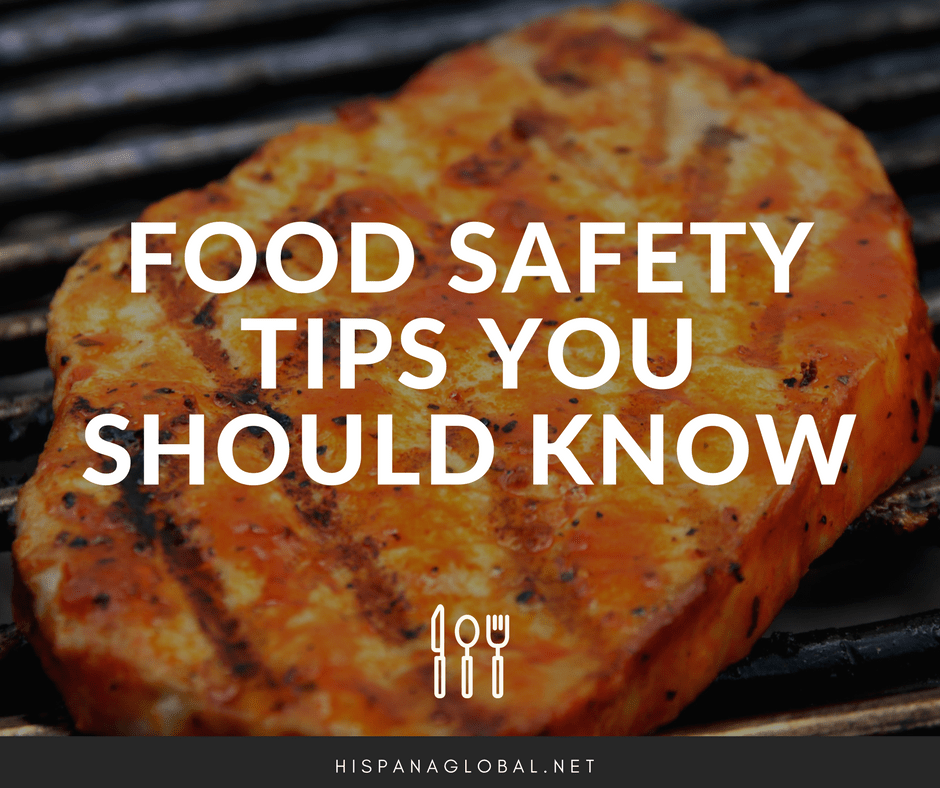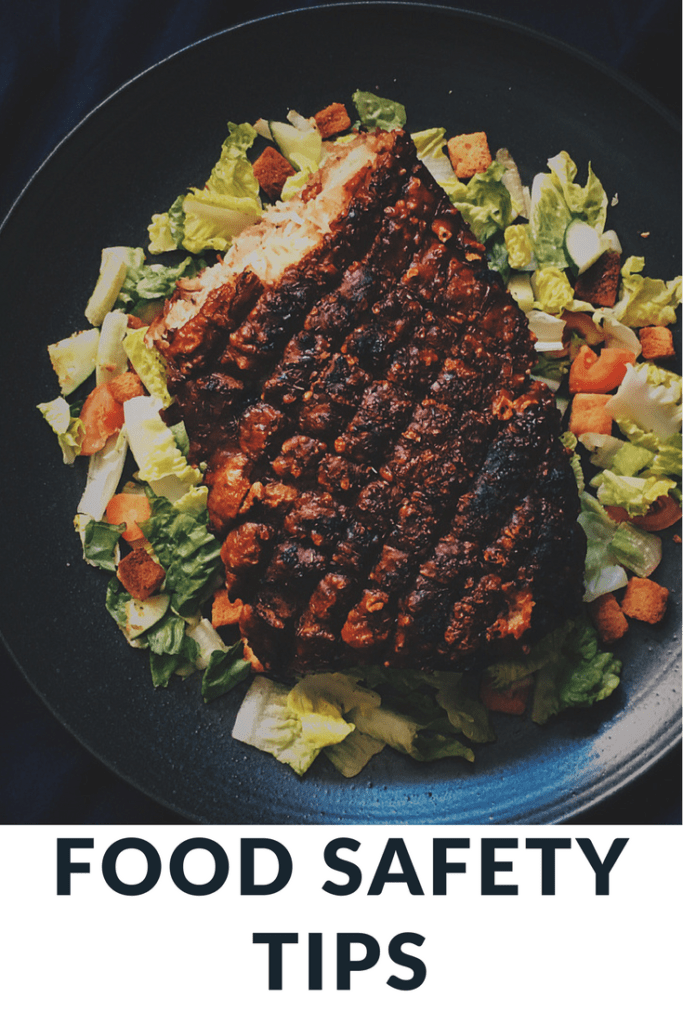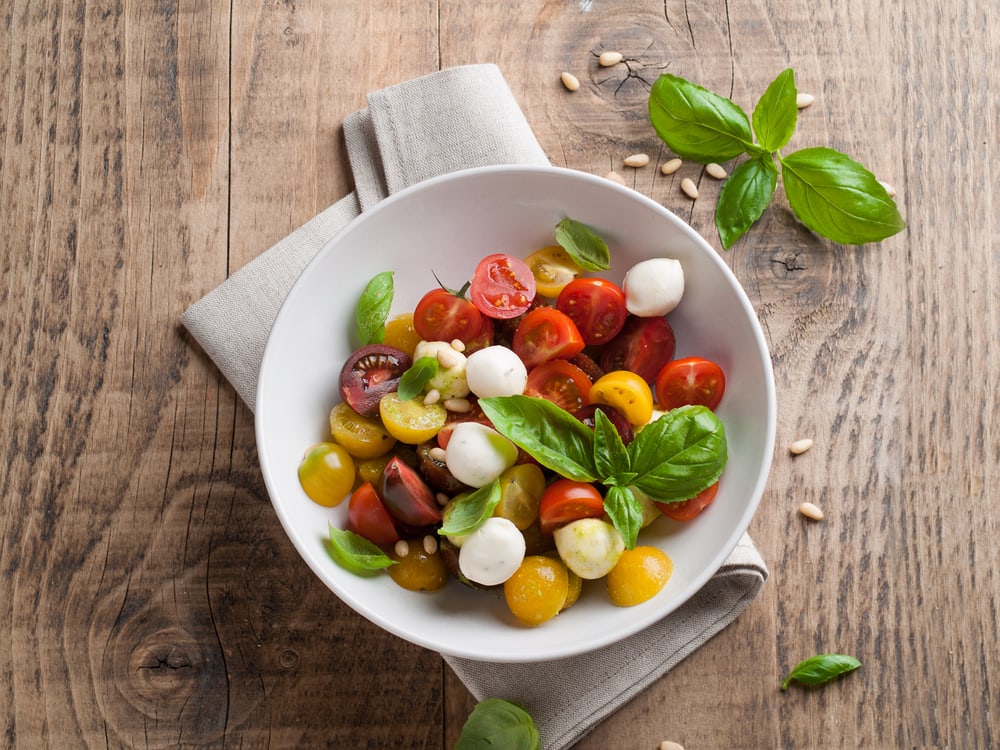Essential Food Safety Tips You Must Keep In Mind

For example, the U.S. Department of Agriculture’s (USDA) Food Safety and Inspection Service says the best and only way to make sure bacteria have been killed and the food is safe to eat is by cooking your food to the right internal temperature. This needs to be done using a food thermometer but only about 34 percent of people use one when cooking hamburgers, according to recent research by the USDA and the Food and Drug Administration (FDA). Also, Cathy Clark-Reyes, a registered dietitian with Baptist Health Primary Care says that “if you haven’t used the food thermometer in a while or if you’ve dropped it recently, it’s a good idea to make sure it’s calibrated before use.”
Top Food Safety Tips
The USDA and Ms. Clark-Reyes share these food safety tips:
- Clean: Always wash hands and surfaces before starting to cook and each time after touching raw meat or poultry. Another place bacteria can hide is inside cuts and grooves on cutting boards, says Ms. Clark-Reyes. She recommends throwing away cutting boards when you can see too many cuts on the surface.
- Separate: Use clean utensils and plates when taking food off the grill. Don’t place cooked and ready-to-eat foods back on a surface where raw meat was stored.
- Cook: Always use a food thermometer to check the internal temperature of meat and poultry. Place the thermometer in the thickest part of the food. Cook meats to these Fahrenheit temperatures:
- Cook to 145 degrees Fahrenheit: Fish and whole cuts of pork, lamb, veal and beef.
- Cook to 160 degrees Fahrenheit: Hamburgers, sausages and other ground meats.
- Cook to 165 degrees Fahrenheit: Minimum temperature for all poultry.
- Chill: Place leftovers in shallow containers and refrigerate or freeze immediately. Shallow containers allow the food to cool down quicker.
Another important tip: don’t eat or store food that has been sitting out for hours. Perishable food should be stored at 40 degrees or below. “When in doubt, throw it out,” Ms. Clark-Reyes adds.
Learn more about how to protect your health here.
For more health tips, remember to check Baptist Health South Florida’s blog.
Disclosure: this post is part of a sponsored collaboration with Baptist Health South Florida but all opinions are my own.








